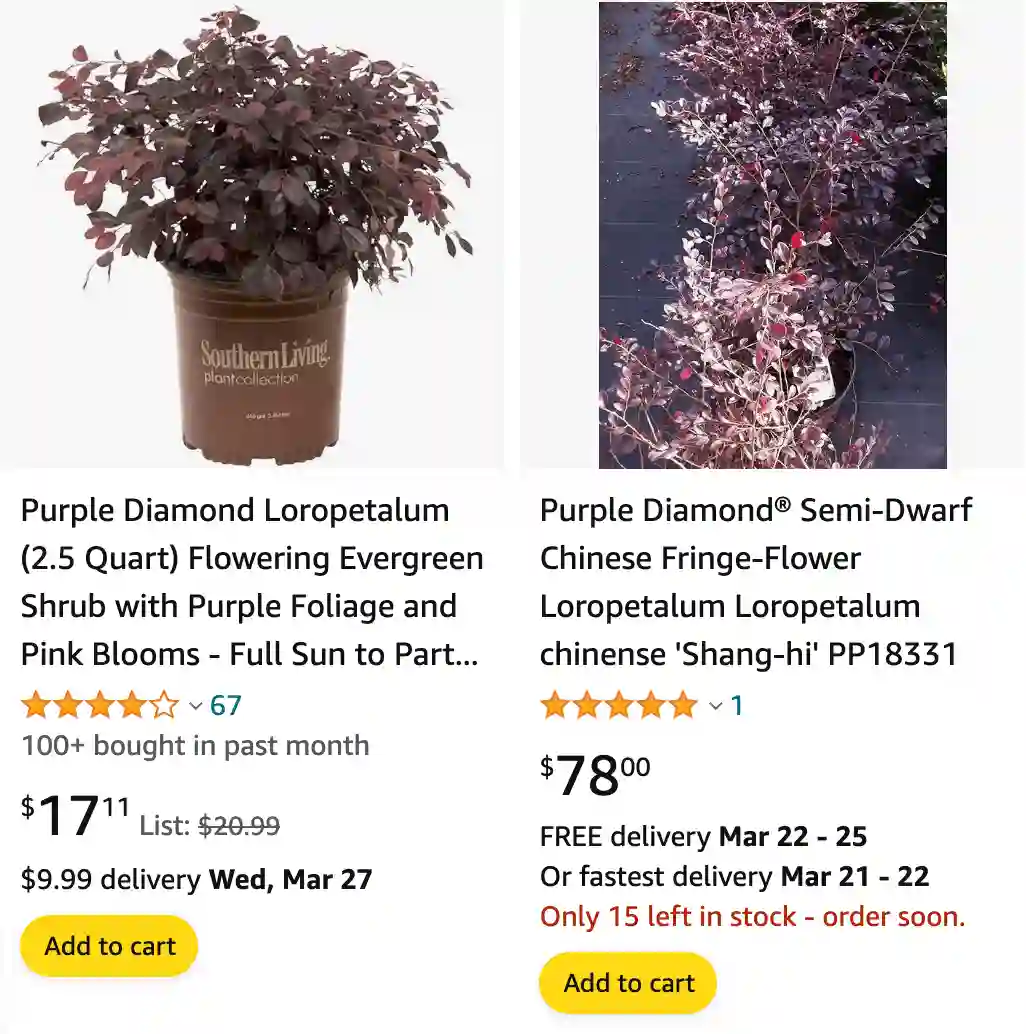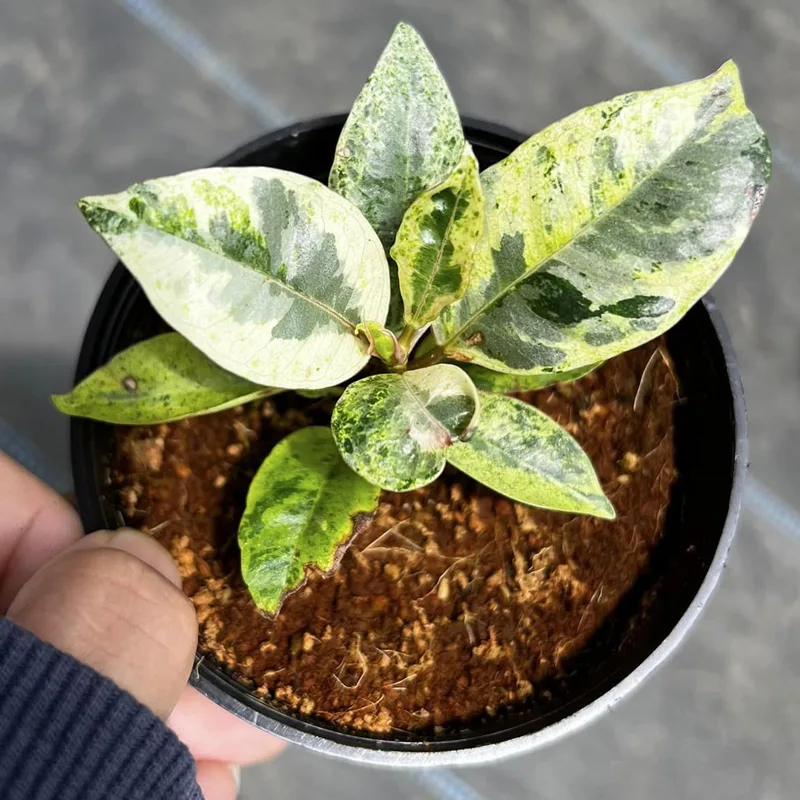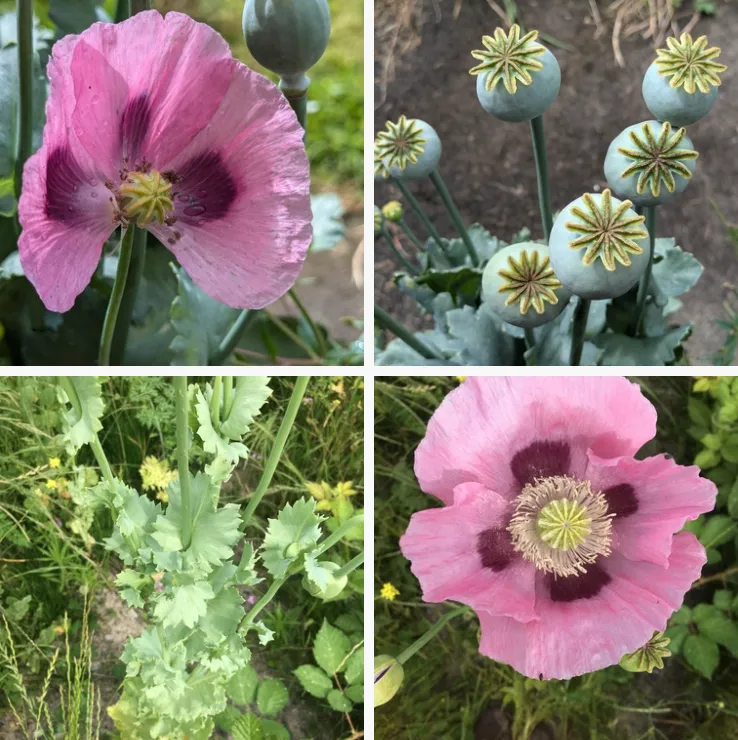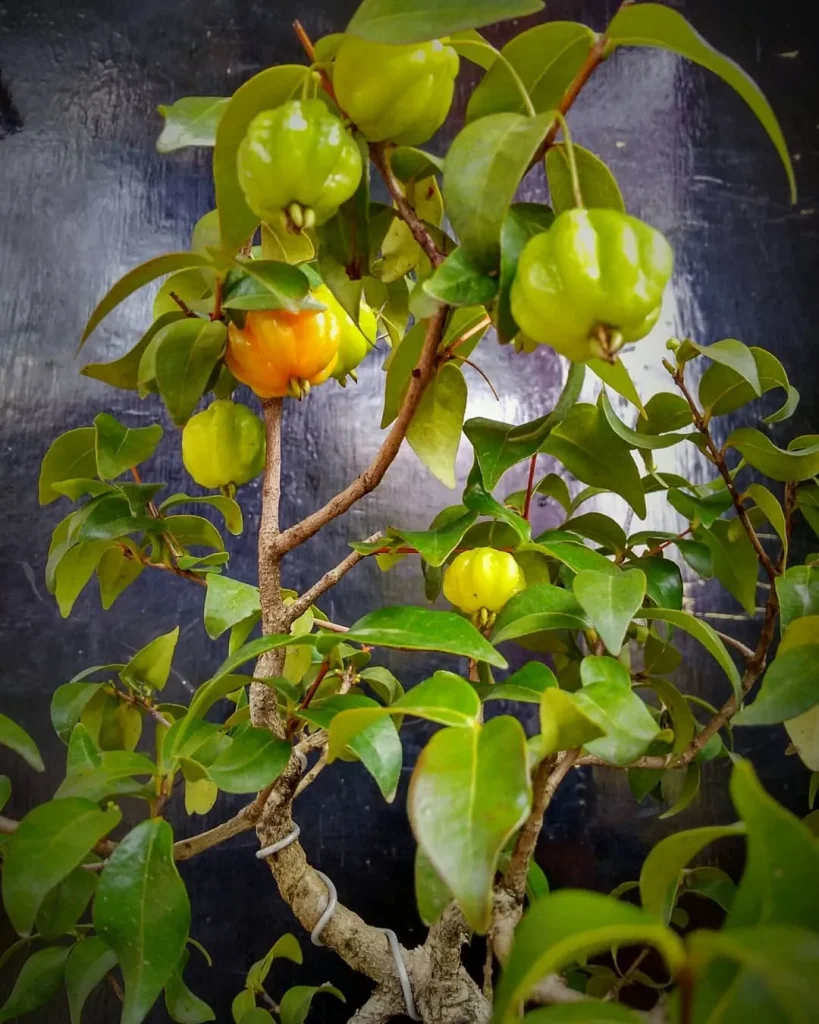
Purple Diamond Loropetalum vs Purple Daydream
When comparing Purple Diamond Loropetalum with Purple Daydream, I noticed that the Purple Diamond’s larger size and more upright growth habit give my garden a more structured look, while the compact Purple Daydream fills in the lower spaces beautifully.
Purple Diamond Loropetalum vs Purple Pixie
Between Purple Diamond Loropetalum and Purple Pixie, I find that the Purple Diamond’s lush, vibrant foliage stands out more prominently, whereas the Purple Pixie adds a delicate touch with its petite form and fine-textured leaves.
5 Species in Genus Loropetalum – Chinese Fringe Flower
How fast does Purple Diamond Loropetalum grow?
Purple Diamond Loropetalum grows at a moderate pace in my experience. When I planted it in my garden, I noticed it put on about 6 to 12 inches of growth each year, depending on the care and the conditions. It wasn’t the fastest grower, but its steady pace allowed it to establish itself well without becoming unmanageable.
How to plant Purple Diamond Loropetalum?
I just planted a Purple Diamond Loropetalum last weekend, and it was easier than I expected! First, I picked a spot that gets at least a half day of sun – mine gets some morning sun and then afternoon shade, which seems perfect. I dug a hole a little bigger than the pot it came in, and loosened up the soil around the hole. The soil in my yard is pretty good drainage-wise, but I mixed in some compost just to be sure. Then, I gently took the Loropetalum out of the pot, careful not to damage the branches. I positioned it in the hole so the top of the root ball was at ground level, filled in the hole with soil, and watered it deeply. I plan to keep an eye on it and water regularly for the next few weeks, especially during any hot spells, until it gets established. Then, from what I’ve read, it shouldn’t need much babying after that!
Where to buy Purple Diamond Loropetalum?
I bought my Purple Diamond Loropetalum from a local nursery, but I’ve also seen it available at larger garden centers and online plant retailers. Shopping locally allowed me to choose the healthiest plants and support nearby businesses, though online shopping provided more variety.
Does Pink Purple Diamond Loropetalum have thorns?
The Pink Purple Diamond Loropetalum doesn’t have thorns, which was a relief because I was worried about my kids and pets getting scratched. Its smooth branches make it easy to handle and prune, and it’s perfect for a family garden where everyone is involved.
How to prune Purple Diamond Loropetalum?
Pruning my Purple Diamond Loropetalum is straightforward. I usually prune it after its main flowering period in the spring. I trim back any overgrown branches to maintain its shape and remove any dead or damaged wood. It’s important not to over-prune since it blooms on old wood.
Is Purple Diamond Loropetalum poisonous?
I’ve researched whether Purple Diamond Loropetalum is poisonous, and from what I found, it’s not considered highly toxic. However, like many plants, it’s best to avoid ingesting any part of it, just to be safe.
Is Purple Diamond Loropetalum poisonous to dogs?
As a pet owner, I was relieved to learn that Purple Diamond Loropetalum is not poisonous to dogs. I always keep an eye on my dog in the garden, but knowing this plant is safe provides some peace of mind.
What are the best growing conditions for Purple Diamond Loropetalum?
The best growing conditions for Purple Diamond Loropetalum in my experience include full sun to partial shade and well-drained, slightly acidic soil. I made sure to water it regularly during dry spells, especially when it was newly planted, to help it establish strong roots.
When to prune Purple Diamond Loropetalum?
I typically prune my Purple Diamond Loropetalum right after it finishes blooming in the late spring. This timing allows me to shape it without cutting off too many future flower buds, ensuring a good display the next year.
Will Purple Diamond Loropetalum survive in Zone 5?
Living in Zone 5, I was concerned about whether Purple Diamond Loropetalum would survive. Unfortunately, it’s generally hardy only up to Zone 7. To protect it in colder climates, I considered growing it in a pot that I could move indoors or to a sheltered spot during the winter.
If i die, water my plants!



